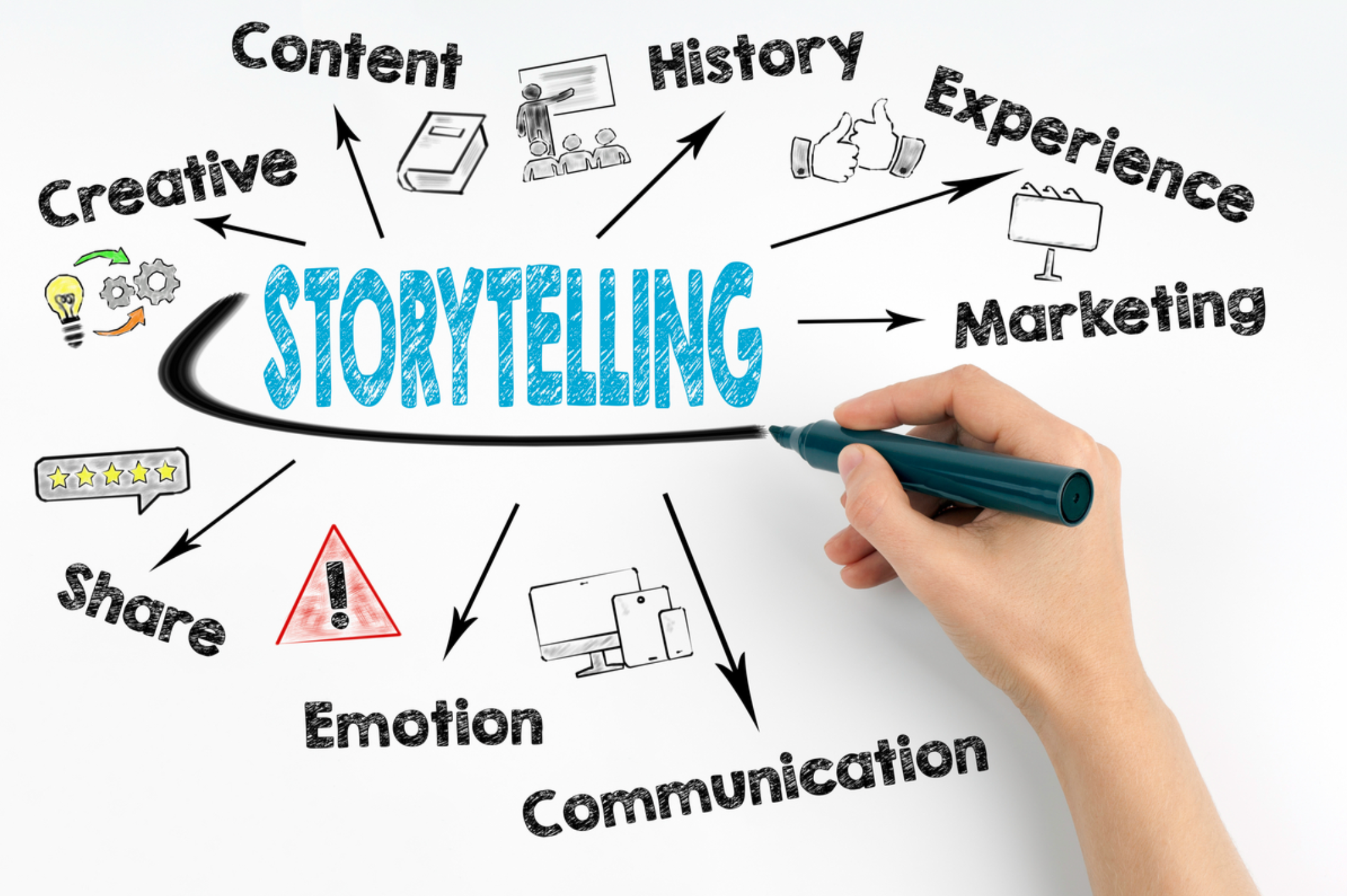B2B marketing shouldn’t be “Boring 2 Boring.”
You can get creative.
B2B clients are more logical, and buying software requires a different thought process than buying a gym subscription.
But the elements of a brand story are still important. Story marketing and brand story presentation still makes a difference.
And some of the components of a good brand story are still there.
Storytelling is still an important aspect of the B2B world.
What are the benefits of transmitting information via storytelling?
There are three main benefits:
- It humanizes your brand.
- Creates an emotional connection with customers.
- Helps with customer retention.
The benefits are real and they will directly impact your bottom line.
And if you’re trying to achieve that, here are the main focus points on how to use storytelling in B2B marketing:
Table of Contents
1) Give your brand a personality
Decide the human characteristic your brand should have, live, and breathe by this personality you create.
Your brand can be entertaining, motivating, inspiring, sensual, rebellious, or efficient.
Build an identity by diving deep into your brand value.
2) Create a unique narrative
This is one of the key elements of a brand story.
Every piece of content you publish should tell a story that is universal, memorable, consistent, and organized.
If you can focus on these principles, your content will be more powerful.
One B2B brand storytelling example here is Microsoft, which created Microsoft Story Labs. This is where they share stories of businesses using Microsoft products.
3) Display strong emotions
Your B2B audience is still made of real people.
Write out the fears, joys, and anxieties of your audience.
And connect that to how your brand can help them diminish or amplify certain emotions.
4) Get to know them
Get your clients on interviews or conduct research to know them better.
Ask open-ended questions to find out their quirks and nuances.
5) Make it personal
People are drawn to a message that appeals to their personalities.
The more you can personalize your content, user experience, and messaging, the better you can appeal to them.
6) Hone in on the data
Collect data on your marketing campaigns, or use social listening to find stories that are already working for your brand.
Related content
- Marketing KPIs: The Top 8 You Should Be Tracking as a Marketer
- Marketing Paradoxes: Ways to Market to Your Audience That Will Blow Your Mind


